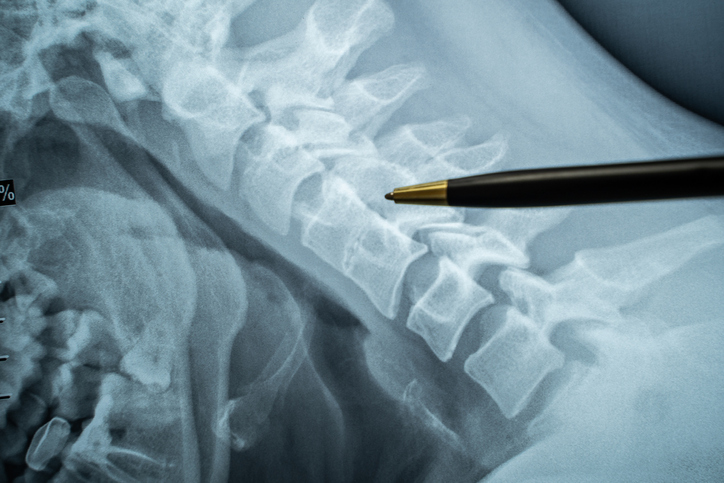Pain
What Is Disuse Syndrome?

Disuse syndrome is a term used to describe what happens to the body and mind when a person is physically inactive (sedentary). It often occurs due to chronic pain or a lengthy illness.
Effects of disuse syndrome on the body and mind include, but are not limited to, the following:
- Muscle atrophy or muscle wasting
- Loss of calcium and bone density
- High blood pressure
- Decreased overall blood plasma volume
- Depression
- Anxiety
- Difficulties with memory and concentration
Disuse syndrome also increases the risk of developing a chronic pain condition or worsening existing chronic pain. Therefore, medical professionals typically avoid prescribing complete bed rest as much as possible, especially for long periods.
Preventing and recovering from disuse syndrome
Physical activity can help prevent or minimize many aspects of disuse syndrome. Movement can help maintain range of motion and decrease stiffness in the joints. If independent movement is not possible, passive range-of-motion exercises with a physical therapist can be beneficial.
For individuals who are able to move independently, low-impact physical activities can help prevent disuse syndrome or aid in recovery from disuse syndrome. Activities such as yoga or hydrotherapy can gradually build strength and endurance. Physical activity can also lower blood pressure, reduce stress, and improve cognitive functioning.
Addressing the emotional aspects of disuse syndrome is also beneficial. A counselor or therapist can help individuals cope with feelings of despair, frustration or anger.
The bottom line
Fortunately, the human body is resilient. Although it may take time and effort, it is possible to prevent or recover from disuse syndrome.


















